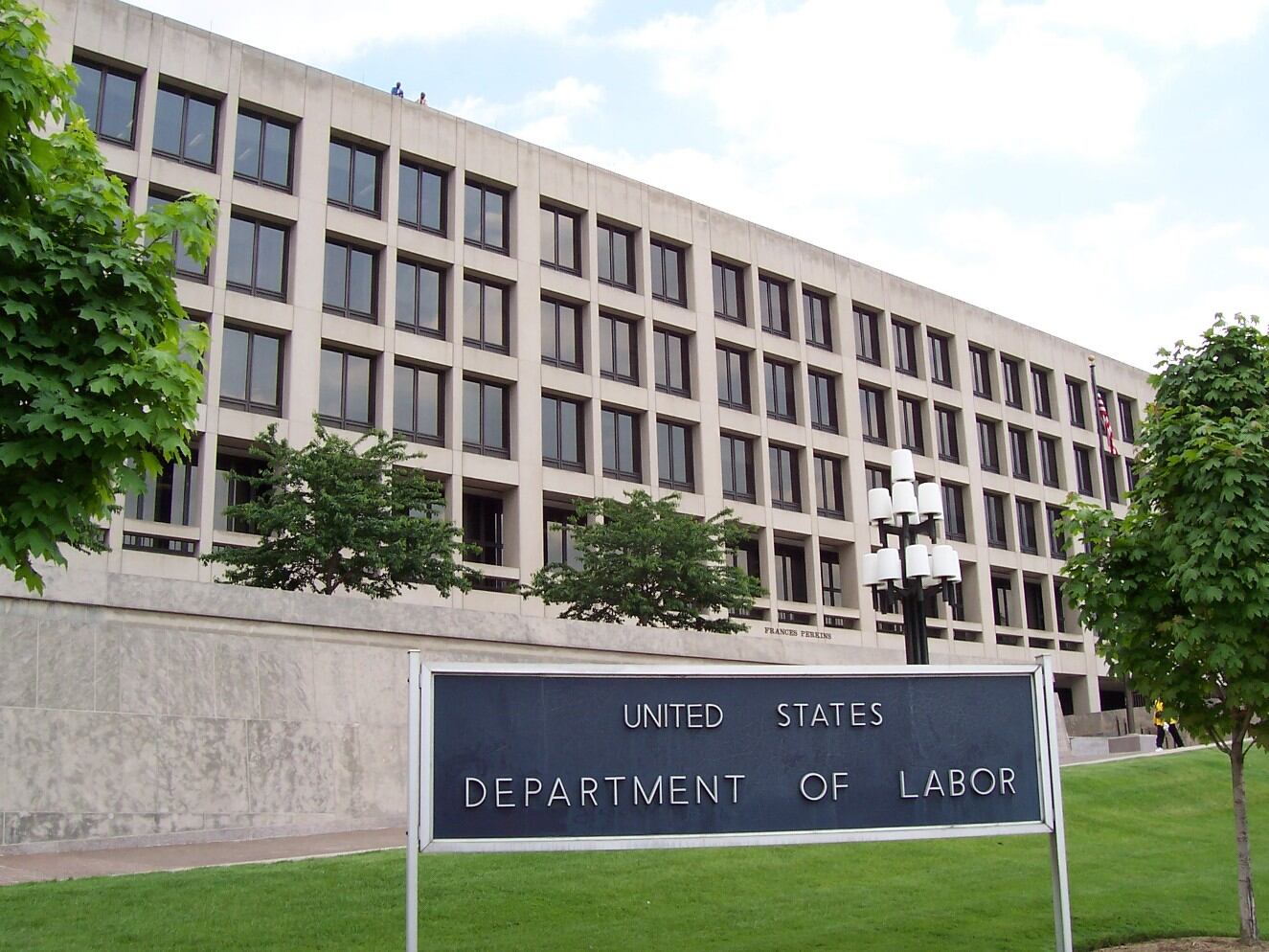Sen. Joni Ernst, R-Iowa, unveiled her version of Santa’s naughty list late Tuesday, featuring a ranking of federal agencies with low occupancy rates in their buildings and calling for government workers to return to offices.
The list, led by the Department of Housing and Urban Development, the Social Security Administration and the Small Business Administration with occupancies under 10%, reflects an average estimate by the Government Accountability Office of how much space is being used.
The departments of the Treasury, State, Homeland Security, Justice and Commerce and the Nuclear Regulatory Commission recorded the highest occupancies, between 30% to 49%, according to the data.
“Taxpayers shouldn’t be forced to foot the bill for empty buildings,” Ernst said in a statement. “Forgive me for sounding like the Grinch, but this Christmas, I’m calling on Biden’s bureaucrats to deck the agency halls with federal workers or sell off unused space.”
RELATED

Telework has become a contentious issue between the Biden administration and members of Congress who see liberal use of such flexibilities as contributing to poor customer service at agencies. Since the pandemic, the White House has been more forceful in its messaging to agencies about the need to establish more in-person work, but unions and employees have fought to preserve telework agreements, arguing they eliminate the wasteful time spend commuting, allow for broader recruitment of new employees, and sustain morale in high-pressure working environments.
More than 70% of employees still telework at least some of the time, according to the most recent governmentwide Federal Employee Viewpoint survey.
While the future of these policies is still in flux, Ernst and others have repeatedly called for agencies to either reel back remote work agreements or relinquish offices that are going unused as a result of telework or other workforce trends that have reduced agencies’ need for physical space.
GAO has also been clear, however, that underutilized space precedes maximum telework brought by the pandemic. For two decades, excess property has been labeled a high-risk issue for the government. That also means that occupancy and attendance rates are not the same thing. Occupancy rates are based on the physical size of the building.
“All assigned staff could go to a building, and it could still be underutilized if the building has more space than it needs,” explains the GAO memo.
In a separate report from September, GAO found that for agency with the lowest space use, if all staff worked in-person on the same day, the building would still be 33% “empty” based on square footage.
RELATED

To be sure, in previous testimonies before Congress, GAO officials have said telework further lowered building utilization.
Officials from HUD and the SBA noted to GAO that their headquarters were under renovation when the data was being collected for the report, thereby explaining a decrease in attendance. The Department of Veterans Affairs said in its comments that it has reduced its office space by 16% since 2020.
Ernst has asked each agency’s inspector general to review attendance and impacts of remote work on public services.
Meanwhile, a report from JLL, a a global real estate services company, found that by January, more than 400,000 federal employees will be required to work in-person two or three days each week, Facilities Dive first reported.
Molly Weisner is a staff reporter for Federal Times where she covers labor, policy and contracting pertaining to the government workforce. She made previous stops at USA Today and McClatchy as a digital producer, and worked at The New York Times as a copy editor. Molly majored in journalism at the University of North Carolina at Chapel Hill.
In Other News




